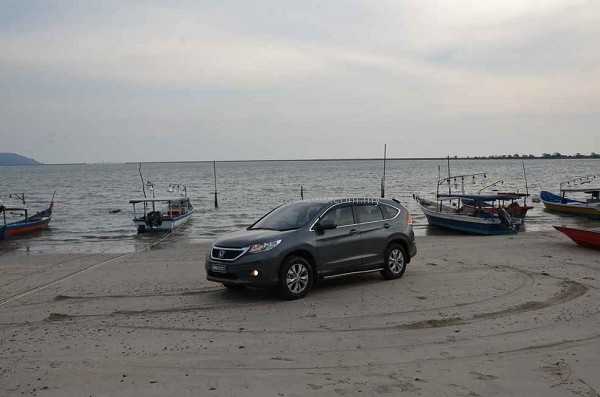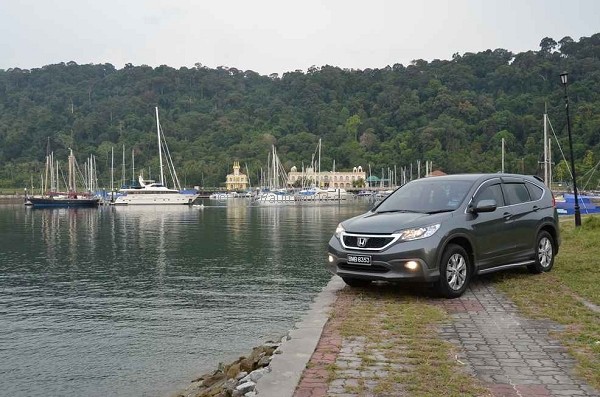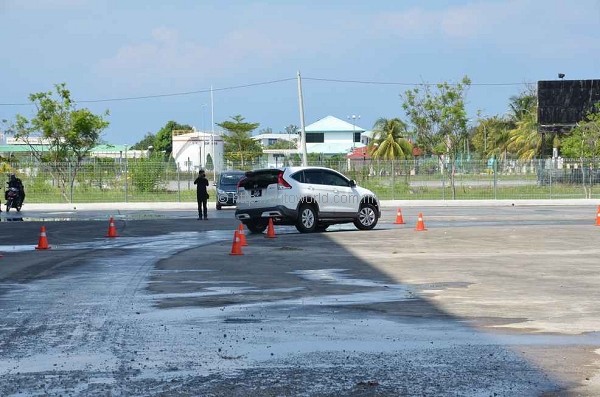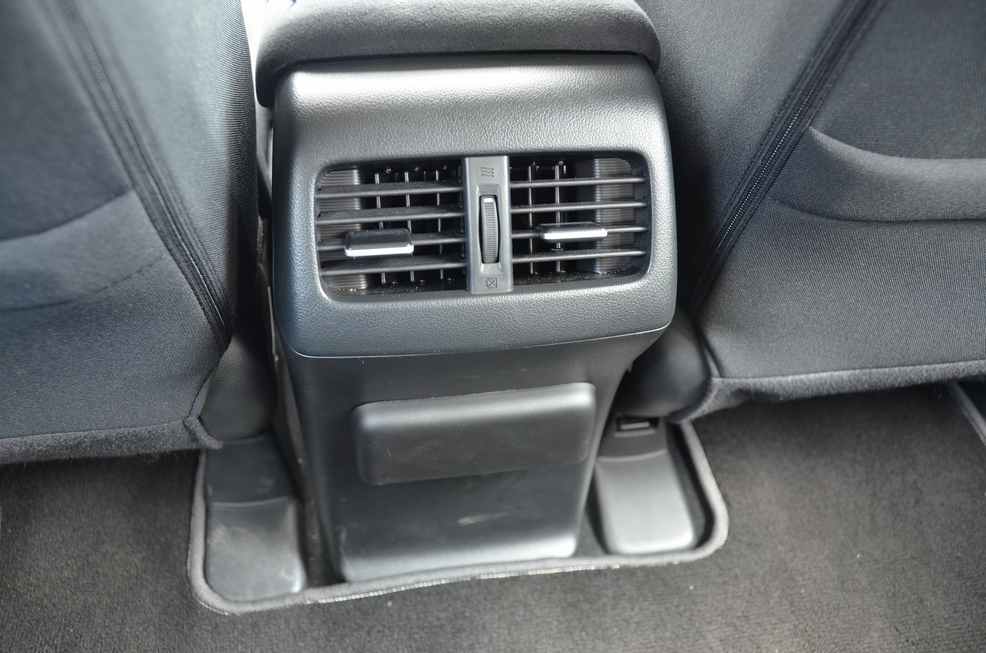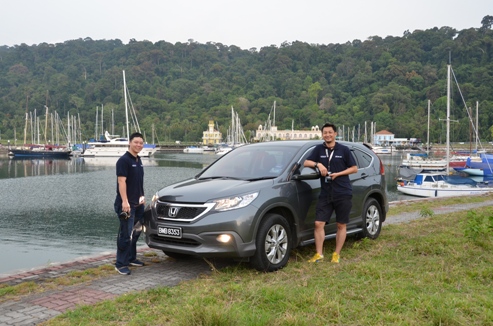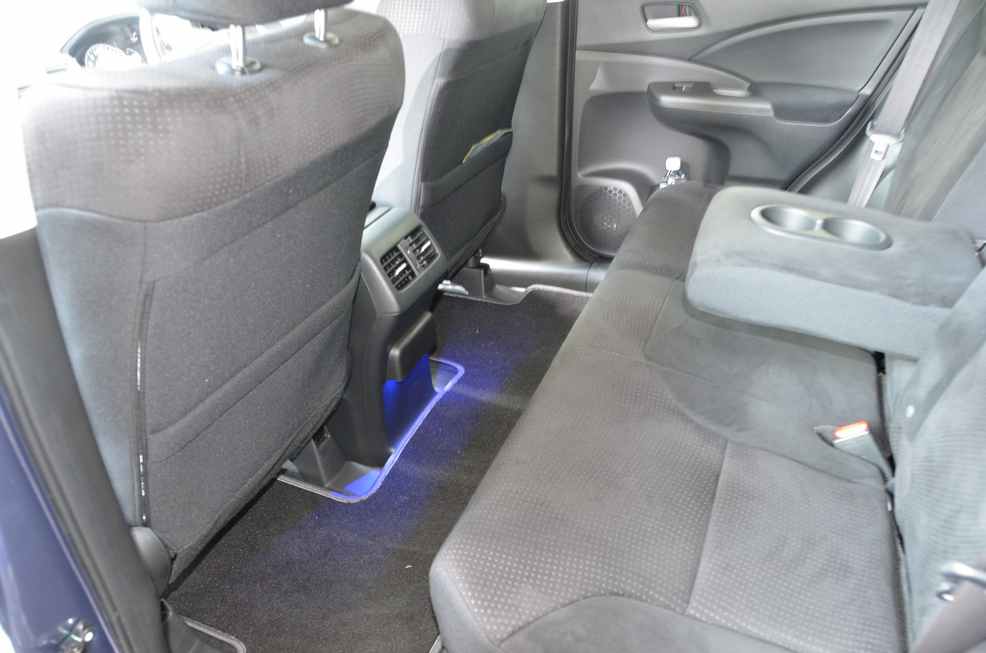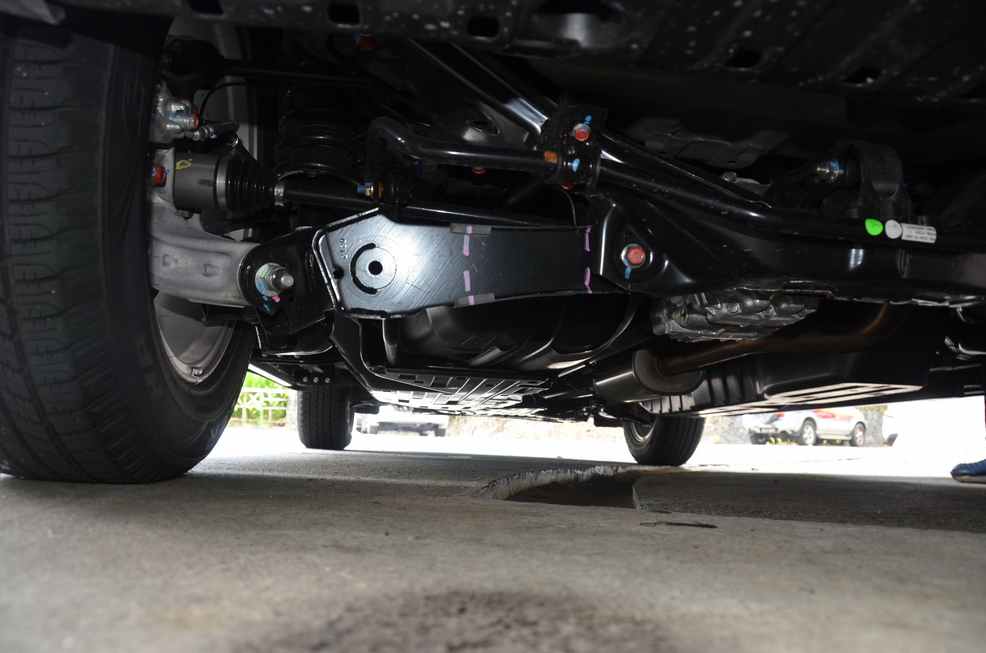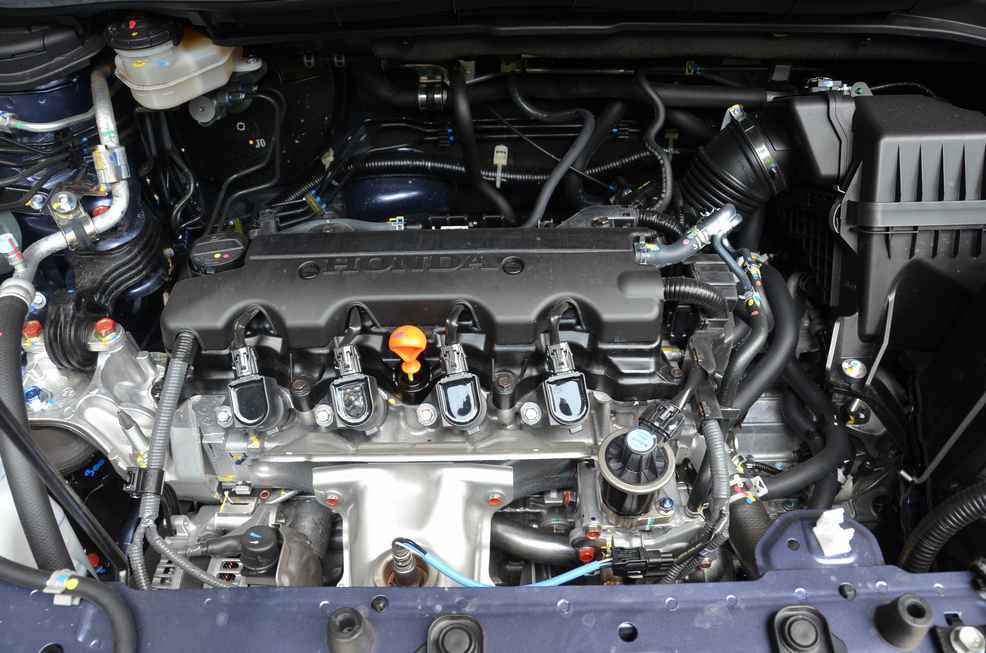All-New 2013 Honda CR-V 2.0 Malaysian Edition Tested
An earlier test article by yours truly on the Honda CR-V was based on a test drive in Thailand, courtesy of Honda Malaysia. There was limited opportunity then to really check out the handling as most of the driving was done on Thai highways – what little B-roads offered then also had its restrictions, due to heavy local traffic. This time, we tested the Malaysian edition of the all-new Honda CR-V in Langkawi, which, despite having much less road compared to the rest of the country, does have some beautiful stretches of winding roads.
My favourite is the 12 kilometre Jalan Datai which stretches from Jalan Teluk Yu all the way to The Andaman. It is not a wide road, having just two lanes (one for each direction), and runs over undulating forest terrain for twelve kilometres, with many beautiful corners, without many side roads, and most importantly, not many cars on the road. The corners remind me of the Simpang Pulai-Cameron Highlands road, in the sense that all the bends are of constant or increasing radius, so there is no fear of a corner ‘tightening’ up on you. I did enjoy the drive around the island with my two great driving partners, Jay Wong and Vernon Chan, but my main purpose for the day was to check out the driving dynamics of the new Honda CR-V, and this twelve kilometre stretch, over which I drove three times over the course of two days, was the road on which the CR-V proved its worth to me.
In attendance during the test drive event organized by Honda Malaysia was Mr. Kazuhiro Sekine, Assistant Larger Project Leader for the Honda CR-V. Being a race driver and a motoring enthusiast, Mr. K Sekine was personally in charge of chassis, ride and handling, NVH (Noise, Vibration, Harshness) and drive train development, thus it was no surprise to me when he answered my questions relating to the above subjects during the press conference held after the drive session with great enthusiasm.
What I found during the drive was that the driving dynamics of the Honda CR-V is vastly improved over that of the previous model, and I asked Mr. Sekine what had been done to make the CR-V so much better. According to Mr. Sekine, the ride was improved by re-defining the suspension settings, such as the damper stroke and valve settings. One of the key changes in the new CR-V was to change the location of the lower arms to reduce the camber change during cornering – the result is increased stability during cornering. This was clearly felt as I tackled the sweeping bends on Jalan Datai at high speeds – the CR-V corners ‘flat’, and the vehicle feels very stable, without the usual shimmering of the rear suspension. The fact that the body is slightly lower in overall height also contributes to the stability – the overall feel is more car-like than ever.
The suspension is a good balance between ride comfort and overall handling – it is a mite stiffer than a sedan car, in part due to the stiffer tyre sidewalls, yet compliant enough to give a reasonably good ride. In designing the ride of any vehicle, the challenge is to find the right balance between ride comfort, load-carrying capabilities, and driving dynamics, the latter of which is nowadays being demanded by more users. I think that Honda has done a good job in this department.
To my question on the transmission, Mr. Sekine stated that the CR-V uses the same 5-speed automatic transmission as the Honda Accord, but with a lowered final drive to cater for the additional weight. In terms of power delivery, the CR-V does it quite seamlessly; considering its usage, I would say that around 80 to 85 percent of its buyers would find the 155 PS and 190Nm torque from the 2.0 litre engine quite adequate. Driven at normal cruising speeds, the CR-V is quiet, composed, and feels good. Acceleration is ‘decent’ enough, and if you so wish, you can hit the maximum speed of 183 km/h. The challenge here is to build a vehicle that provides decent ‘get-up-and-go’, yet provides good fuel consumption. With a given horsepower, (bearing in mind that generally more horsepower means more fuel consumed), the vehicle engineers usually use the final drive gear ratio to find what they think is the right ‘balance’. According to Mr. Sekine, the final drive ratios are selected according to market demands; he said that generally, for Europe, where the demand is more for high speed driving, the final drive gear ratios are set for a higher top speed whilst for general markets like Malaysia, where there is more demand for power, the emphasis is on acceleration, and therefore the general markets run a lower final drive ratio. However, the limiting factor is any power game is still dependent on the engine capacity and power, which is why Honda Malaysia will be introducing the 2.4 litre CR-V later on this year.
All things said and done, I think the all-new CR-V 2.0 litre is a well-designed vehicle that is a worthy replacement for the outgoing model. It handles so much better, has become more car-like, has a decent engine that delivers enough power, yet provides good fuel consumption. Despite it being slightly lower and marginally shorter, it has increased interior space and therefore delivers as expected in this department. As an upgrade from the old CR-V to the new one, you will not be short-changed. For the new buyer who wants a decent family runabout or a lifestyle vehicle, the CR-V 2.0 is even better than its predecessor.




